The Pentagon announced on October 21 that the United States has deployed new high- and medium-altitude air defense systems to the Middle East, the report said, 14 days after full-scale conflicts broke out between Israel and the Palestinian militant group and political party Hamas.
US Defense Secretary Lloyd Austin announced that the military has “ activated the deployment of a Terminal High Altitude Area Defense (THAAD) battery as well as additional Patriot battalions ” at several undisclosed locations in the Middle East to enhance the protection of US forces.
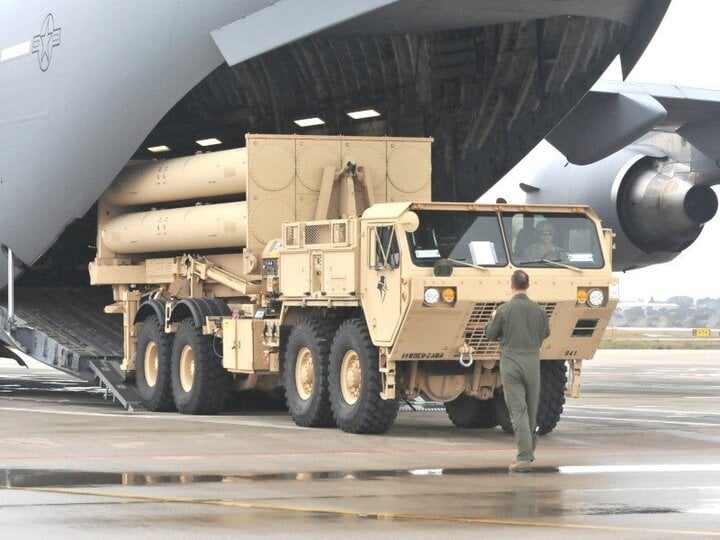
THAAD missile defense system.
US action
The decision follows “detailed discussions” with US President Joe Biden “about recent escalations by Iran and its proxies across the Middle East.” It is seen as a comprehensive effort to provide greater support to Israel, while further US forces have also been ordered to be ready to deploy “as part of prudent contingency planning.”
The US massively expanded its military presence in the region just ten days after the outbreak of hostilities, including the deployment of two nuclear-powered aircraft carrier strike groups. A maritime rapid reaction force was also mobilized to the region, along with A-10 attack aircraft and F-15E fighters. B-1B bombers were also deployed to the UK, with an operating range of up to 9,400km, enough to reach targets in the Middle East quickly.
Israel's air defenses have been under unprecedented pressure after being hit by Hamas attacks and have been on edge for the past two weeks. The US military has added surface-to-air missiles to its Iron Dome system and donated its only two Iron Dome units to the Israel Defense Forces.
This concern is necessary, because the rocket artillery system used by Hamas is still very limited in capacity but also causes great damage to Israel. Meanwhile, Israel is also concerned about the possibility of clashes with the paramilitary group Hezbollah and armed groups backed by Iran, these forces have much stronger fighting capabilities than Hamas, especially they possess many types of modern missiles.
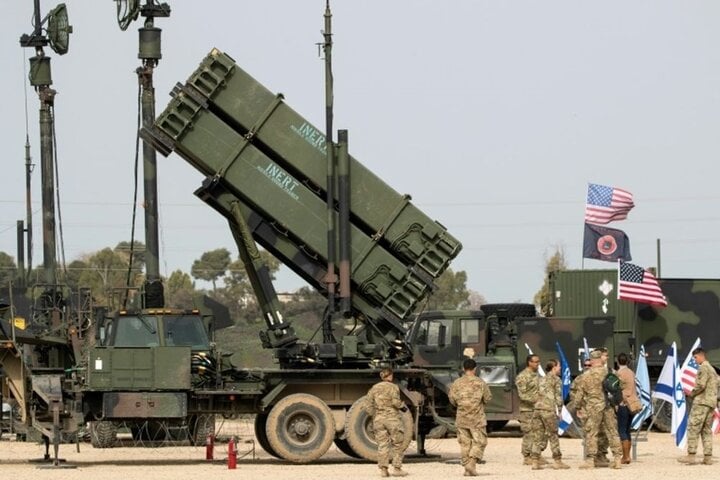
Patriot missile defense system.
Not only Israel, US military facilities in Syria and Iraq are also under increasing pressure due to sporadic attacks by local militias, many of which have ties to Iran or Hezbollah. Many experts predict the possibility of a wider war, which would see the US, Turkey and Israel join forces against Iran and its allies, and US bases in the region would also be subject to much larger attacks.
In a typical example, Iran launched limited attacks against a US military facility in Iraq on January 8, 2020, in retaliation for the CIA assassination of General Qasem Solemani, an attack that left 109 American casualties.
Concerns from Iran's missiles
The THAAD system is specifically designed to counter high-altitude ballistic missiles like Iran's Khorramshahr and Shahab-3, while the Patriot is optimized to intercept lower-altitude targets like those in the arsenals of Hezbollah and Syria.
Military experts point out that Iran has built a powerful missile force thanks to the support of North Korea. Since the early 1980s, North Korea and Iran have begun to sign missile export agreements, followed by technology transfers and missile manufacturing licenses to Iran.
Currently, no country in the Middle East possesses missile systems comparable to North Korea's KN-23 or Russia's Iskander, which are tactical ballistic missiles that use unusual semi-ballistic flight trajectories, making them nearly impossible to intercept by systems like THAAD and Patriot.
However, Iran has also developed a series of improvements necessary to increase the survivability of its missiles. In June 2023, the country also announced its first ballistic missile with a hypersonic glide vehicle, which is very similar to North Korea's hypersonic missile.
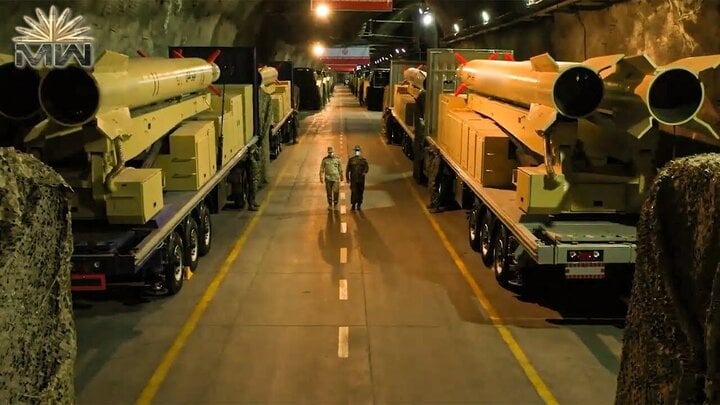
Iran's missile arsenal.
These new weapons, combined with the huge number of missiles in the arsenal of Iran and its allies, are considered a serious threat to US forces and allies in the region. Along with the lack of reliability of the Patriot system, most clearly demonstrated in the battlefield in Ukraine, these show that the US and its allies are increasingly having a difficult time maintaining a presence in this hot region.
Le Hung (Source: Military Watch)
Source



![[Photo] Binh Trieu 1 Bridge has been completed, raised by 1.1m, and will open to traffic at the end of November.](https://vphoto.vietnam.vn/thumb/1200x675/vietnam/resource/IMAGE/2025/10/2/a6549e2a3b5848a1ba76a1ded6141fae)








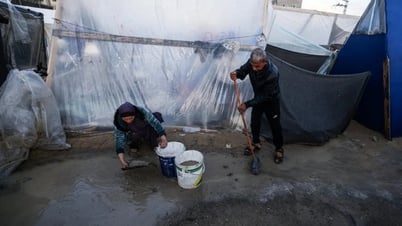

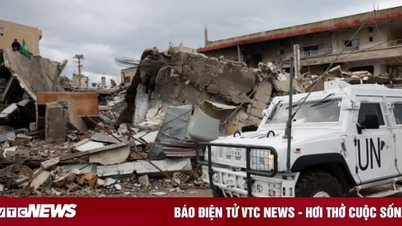

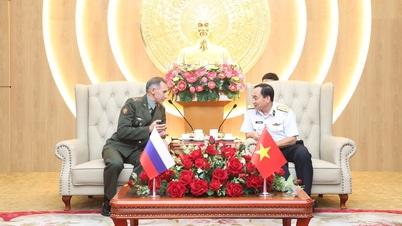

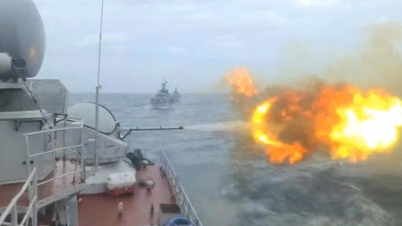




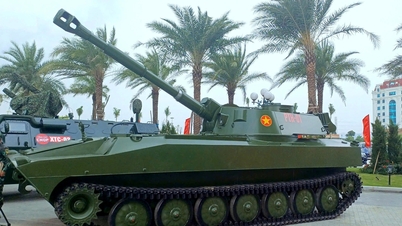






















































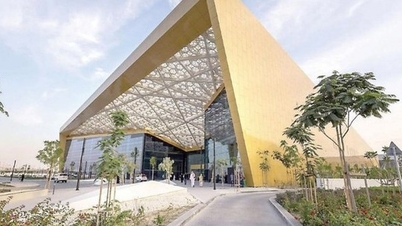
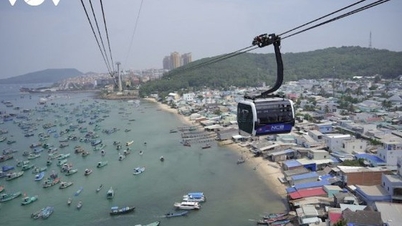
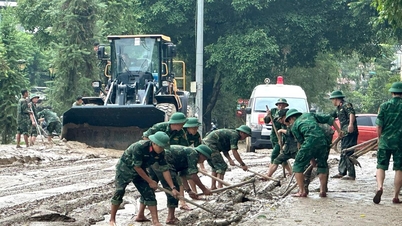



















Comment (0)